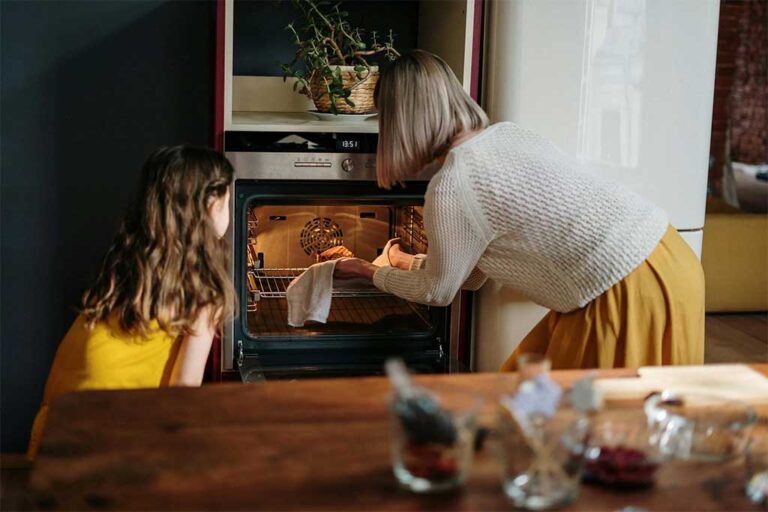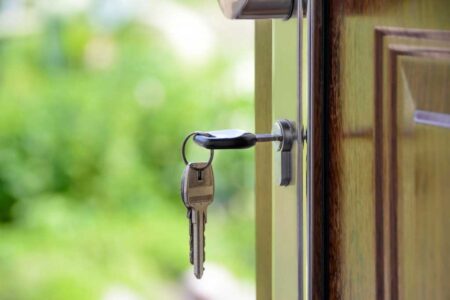It’s very easy to assume one household is very much like another, with perhaps variables like design style and age separating them. Ultimately, however, a house is a house, with some general maintenance and management rules that apply from one to the next. This much is true in several ways, but not all of the time.
That’s especially true when living in a new area with a different climate or weather pattern cycle than you’re used to. For example, someone moving from Texas to Canada may be surprised at just how intensive the winters are, even if the odd emergency freeze may have happened in recent history.
When dealing with households under such conditions, you may not only be surprised by the impact, but have failed to make much preparation towards handling it. In this post, we intend to help you with that ahead of time, by suggesting a few habits you can apply for ultimate success:
Prepare Your Roof, Windows & Shutters
You don’t always think about how much your home relies on its outer layers until bad weather hits. The roof takes most of the punishment, and it’s worth getting it looked at before the season changes, and especially if you’ve just moved or haven’t had it inspected in years. A local roofing company will usually offer checks or quick fixes, and a lot of smaller issues can be patched up before they turn into leaks. A good one can also provide emergency assistance when you need it. Don’t forget to check window seals and see if your shutters are still doing their job, or install them if you think the window panes could do with a touch more protection.
Bring Together An Emergency Weather Kit
This is pretty much something you don’t think about until the lights go out or you’re stuck indoors for longer than planned. A basic kit with a torch, spare batteries, bottled water, a first aid pack, and some long-life food can help you out in a survival situation, but adding a few comforts like a charged power bank or a small radio can be helpful too. It can’t hurt to have candles if you need them. Some people even keep a backup generator or wood for the fireplace, depending on where they live. You may require grit for your iced path or chains for your tires, prepared so you can apply them before the storm hits. It doesn’t have to be disaster-movie level preparation, but just enough to keep you sorted if things go unexpectedly.
Discuss Local Challenges With Your Neighbours
One of the best things you can do when you move somewhere new is talk to people who’ve lived there a while, because they’ll tell you how the power grid holds up in winter, what parts of town get icy first, which roads flood, or how to stop your pipes freezing solid. These are the kind of insights no welcome pack or government leaflet will offer. You’ll also feel more confident knowing someone local is just a few doors down, especially in an emergency. Community matters more when things go wrong, and most people are happy to help if you ask. Sometimes they might be there to keep an eye on you or an elderly relative if you’re not around, which can be nice.
With this advice, we hope you can more easily cope with home management even in a climate you’re unused to.









